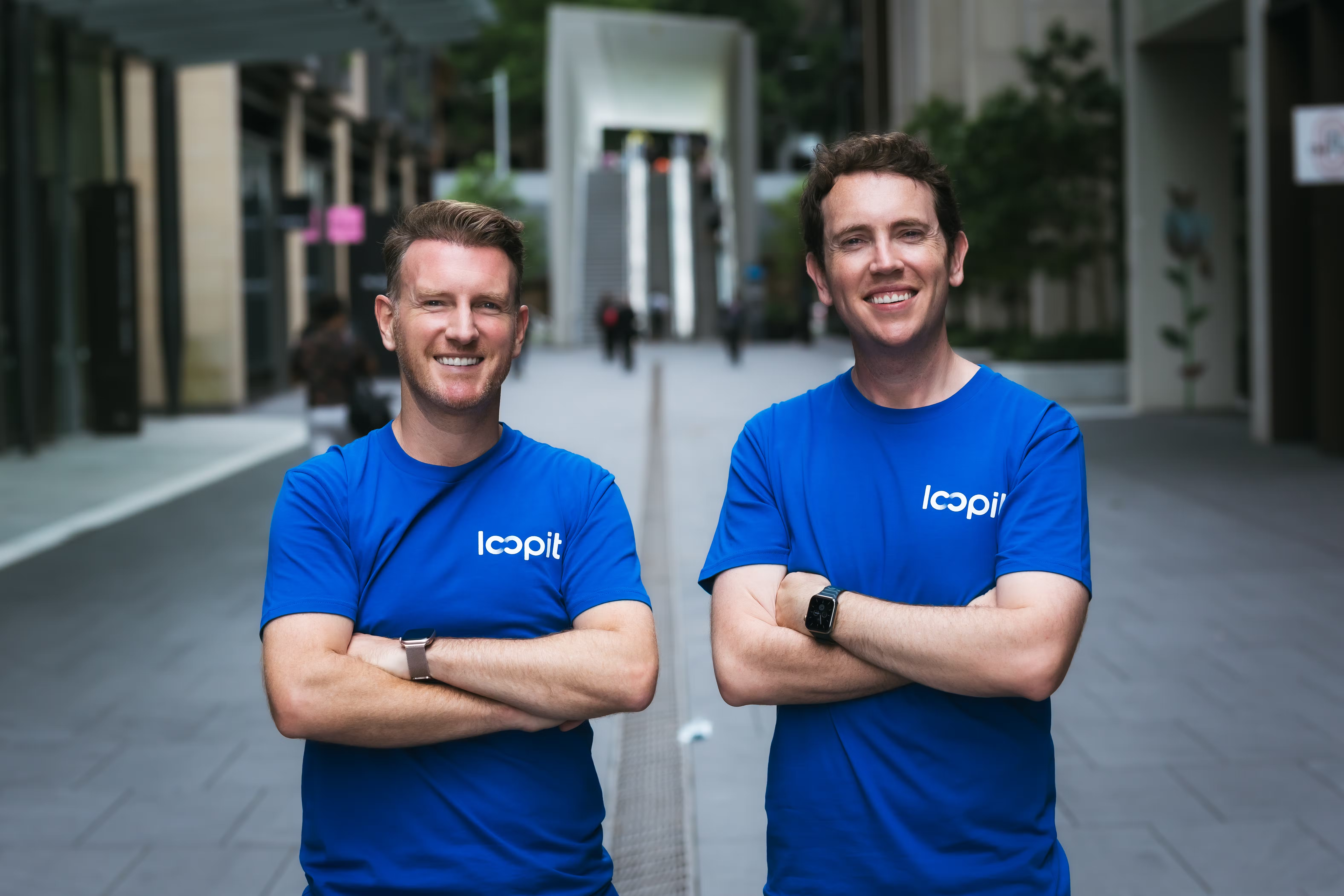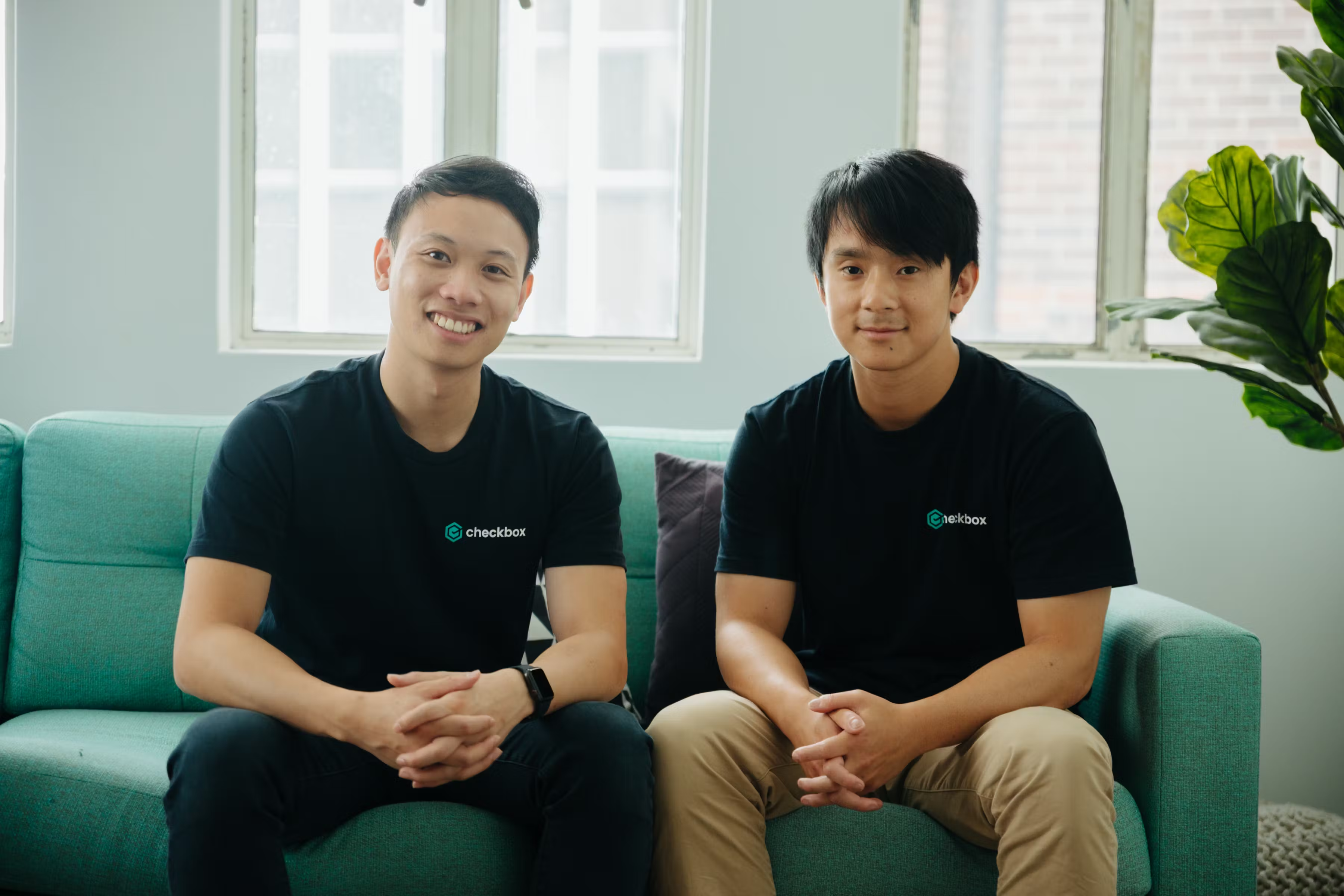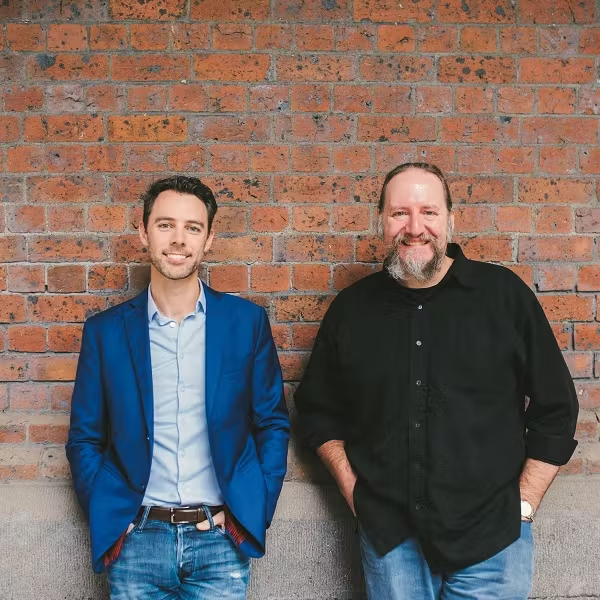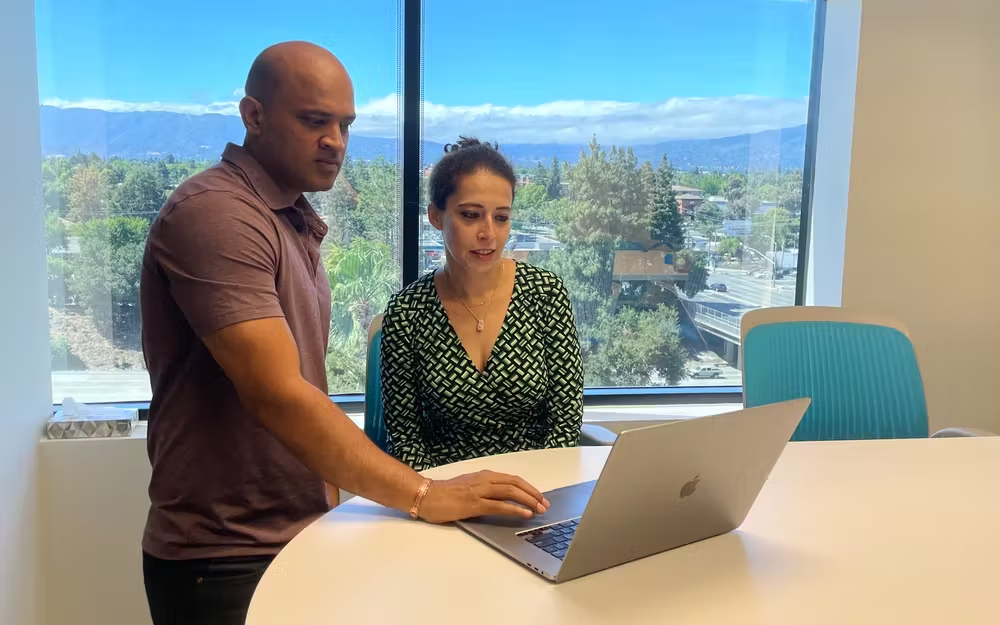Flagship’s retail tech platform is poised to become integral to retail operations, driving data-driven insights and ushering in transformative changes across all retail establishments. This evolution has the potential to reshape the way retailers conduct business, empowering them to encapsulate their expertise within an embedded knowledge system.
The Tidal team led Flagship’s Seed round, and we’re excited to share our investment notes with you below. Our investment strategy encompasses diverse markets, models, and products, guided by a set of core principles fundamental to our decision-making process. If you’d like to explore the key pillars that define an exceptional Tidal Seed investment, you can learn more about how we invest here.
Markets with tailwinds
Simply put, retail is a massive market—with a staggering global expenditure of US$28 trillion in 2022. For those who can see beyond the challenges of a discouraging macroeconomic landscape, the post-COVID retail trends offer intriguing opportunities to identify emerging tailwinds. Trends like:
- Shoppers remain strongly inclined towards traditional brick-and-mortar stores, with a whopping 85% of global retail sales happening physically in-store.
- Interestingly, pure-play e-commerce brands are venturing into the world of physical retail. They recognise that in-person shopping experiences offer a unique dimension that their online counterparts can’t replicate.
- The concept of omnichannel retail has shifted from a nice-to-have luxury to an absolute necessity for any brand aspiring to thrive in today’s market.
Retailers are using stores to deepen the consumer connection with the brand. In a crowded social and e-commerce space, stores can drive engagement and loyalty.
Tidal has been steadfast in our conviction regarding the e-commerce theme for quite some time now. We have demonstrated our commitment through investments in innovative companies like Shippit, Search.io, Carted, and Drive Yello. We haven’t yet seen a proposition around critical technology infrastructure that truly enables omnichannel retailers to reach the same level of sophistication in-store as they have online.
Products that change the game
Over the past six months, our close collaboration with the Flagship team has given us a profound insight into the incredible potential to transform retail operations management. It’s evident that retailers are eager to unify their segmented business units, bridging the gap between online and offline realms to create a cohesive operating system. Flagship envisions a future where they solve this—with the workflows and metrics of diverse departments, such as Buyers, Planners, E-commerce, In-store Visual Merchandising, and Marketing, seamlessly integrated.
Operational efficiencies often start and end with better data, and retail isn’t any different. Flagship’s leading product is a visual merchandising tool for retailers that provides unique primary data insights around granular store-based revenue performance. It enables retailers to centrally and digitally manage the roll-out, track the compliance, and get performance insights into their visual merchandising guides.
We firmly believe that better data and improved workflows can enable retailers to harness their experience and knowledge, convert it into embedded expertise, and subsequently codify their intellectual property for iterative improvements.
Founders that hustle

Flagship’s founder, Simon Molnar, brings a wealth of retail experience to the table. He served as CEO at Ice Jewellery and held various roles at Afterpay, giving him a dual perspective as both retailer and retail technologist. Simon is deeply customer-focused, collaborating closely with retailers to ensure that the product genuinely addresses their challenges and delivers tangible value. His unique background fuels his passion for helping retailers expertly position their products, optimise sales, minimise waste, and drive business growth.
Simon has meticulously assembled an exceptional team of individuals who have achieved remarkable success at renowned Australian tech giants such as Atlassian, Canva, and Afterpay and possess a profound understanding of the retail industry. This collaborative strength has enabled Flagship to successfully onboard some of Australia’s most prominent retail brands, including Venroy, LSKD, Aje Athletica, and SIR.
A compelling business model
Flagship’s mission is to become an integral component of retail operations, driving data-driven insights and facilitating transformations across diverse business units. They aim to supercharge mid-sized retail groups that are currently burdened by manual processes—significantly impacting their efficiency and effectiveness.
Flagship’s inaugural visual merchandising product drives a wedge in retail operations by creating primary data insights on store performance that have not existed before. From there, they can offer insights and workflows into the broader retail operation, capturing additional wallet share. With a huge market to target, a product that adds a lot of value, and a cross-section of teams and functions to serve within retail ops—Flagship has the makings of a seamless land and expand SaaS business model with a hybrid product-led-sales strategy.
The Seed phase and beyond
Flagship is currently in its Seed Phase and has already shown strong product-market fit, successfully onboarding industry-leading retailers, including Venroy, LSKD, Aje Athletica, and SIR. These partnerships have positioned them for the next phase of growth on the global stage, with the allocated funds primarily fuelling the development of an exceptional team to enable them to bring their visionary products to life.
From day one, Simon’s unwavering focus has been on establishing Flagship as the backbone of retail operations not only in Australia but also on a global scale, and we wholeheartedly support this mission. We look forward to continuing to support the Flagship team as they set out to transform how retail operations are managed.
If you’re a visionary founder ready to make waves, please reach out via our website.
.avif)



.avif)
























